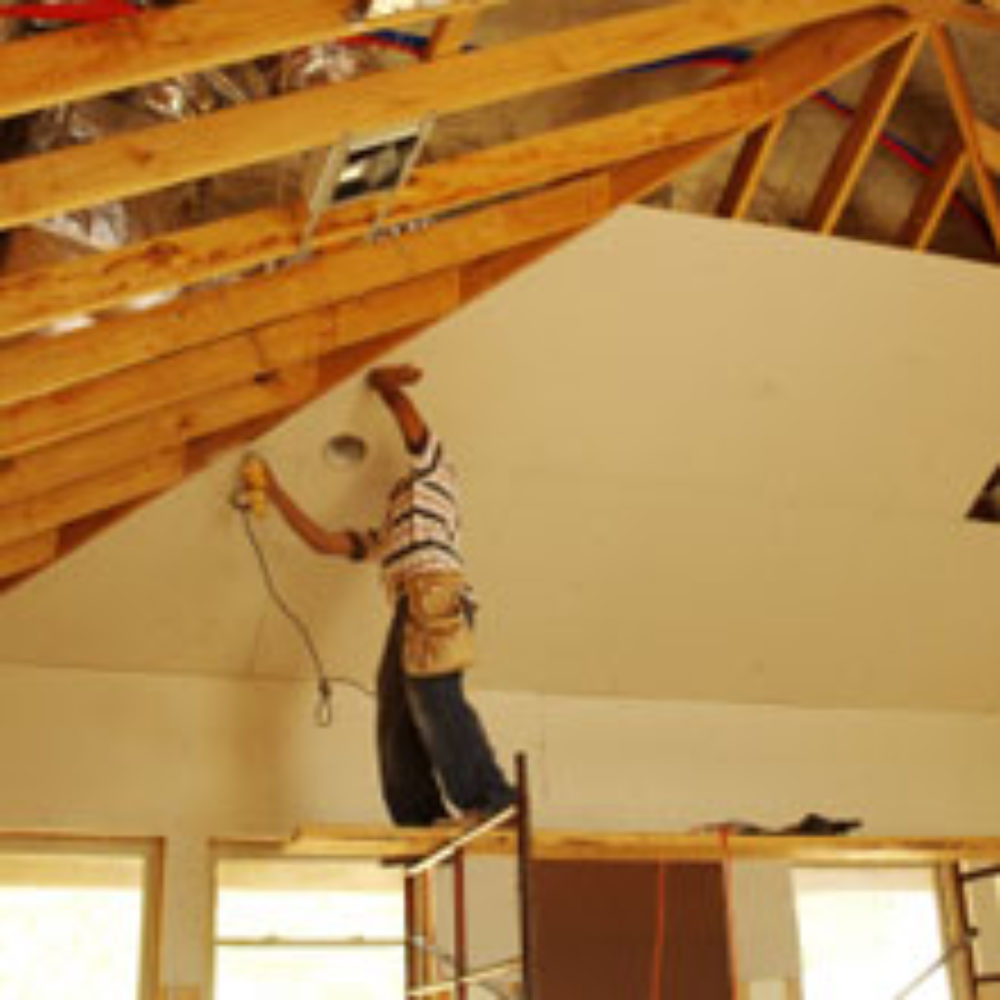Homeowners with Chinese Drywall Problems Entitled to Tax Relief: IRS

The Internal Revenue Service (IRS) has issued guidance to homeowners who have had problems with Chinese drywall on how they can claim a tax deduction to help cover the costs of repairs to their home.
The drywall tax guidance (pdf), issued this week, flushes out the details on how homeowners can recoup some losses from defective drywall imported from China and takes effect for any filings submitted after September 29, 2010. The IRS first told U.S. lawmakers that it would provide taxpayers with an avenue for relief from damages in July 2009 in a letter to Senator Jim Webb.
The Chinese drywall, which can corrode electrical equipment and fill homes with a rotten egg smell, is difficult and expensive to remove, with many builders and disaster repair companies still struggling to find a cost-effective solution. In 2009, lawmakers began asking if the IRS could provide some tax relief for the expenses, and the IRS agreed that taxpayers could deduct damages from drywall under the category of casualty losses, which is usually reserved for the cost of repairs of damage received during catastrophic or unusual events.

Did You Know?
Millions of Philips CPAP Machines Recalled
Philips DreamStation, CPAP and BiPAP machines sold in recent years may pose a risk of cancer, lung damage and other injuries.
Learn MoreThe U.S. Consumer Products Safety Commission (CPSC) has received thousands of complaints from across the United States from homeowners who say that toxic Chinese wallboard imported between 2004 and 2007 releases sulfuric odors, causes health problems, and corrodes wiring and appliances. Many of the Chinese drywall corrosion problems have been confirmed by laboratory testing.
Millions of sheets of the toxic drywall were imported from China into the United States due to a domestic shortage caused by a housing boom and construction following a serious of hurricanes that struck the southeastern United States. The CPSC has confirmed more than 6 million sheets were imported into the country in 2006 alone.
The new guidance provides the details on how homeowners can meet the requirements for the deduction. Taxpayers must itemize their federal returns to qualify for the deduction, can not have been compensated by insurance or other parties, and the costs must exceed $500 and 10% of the taxpayer’s gross adjusted income for that year.
In some cases, where taxpayers do not have pending reimbursement claims, they can receive up to 100% tax credit for Chinese drywall repairs.
Homeowners throughout the United States have filed lawsuits over Chinese drywall, naming manufacturers, distributors and builders. In June 2009, all of the federal drywall litigation was consolidated and centralized in an MDL, or Multidistrict Litigation, in New Orleans under U.S. District Judge Eldon Fallon.
Get more articles like this sent directly to your inbox.
"*" indicates required fields





0 Comments